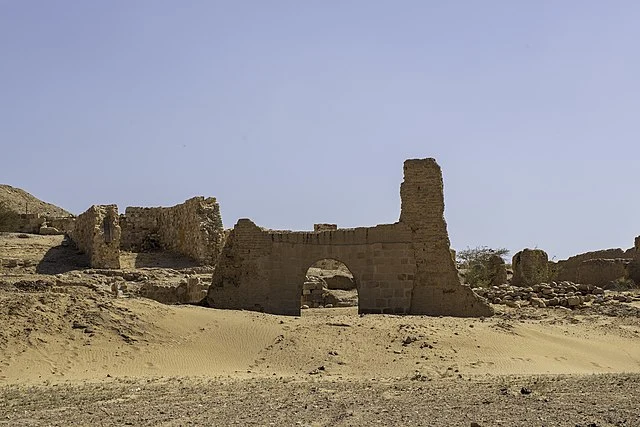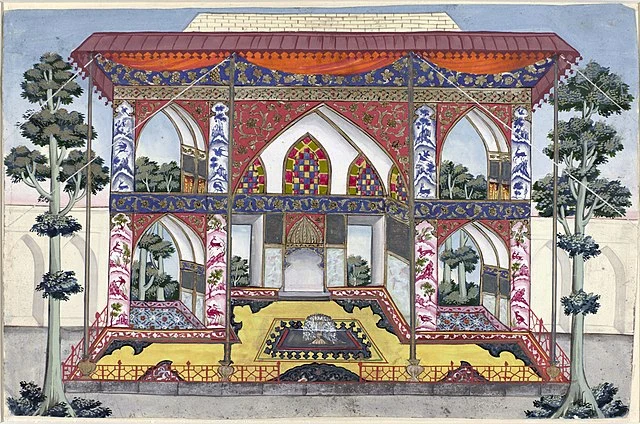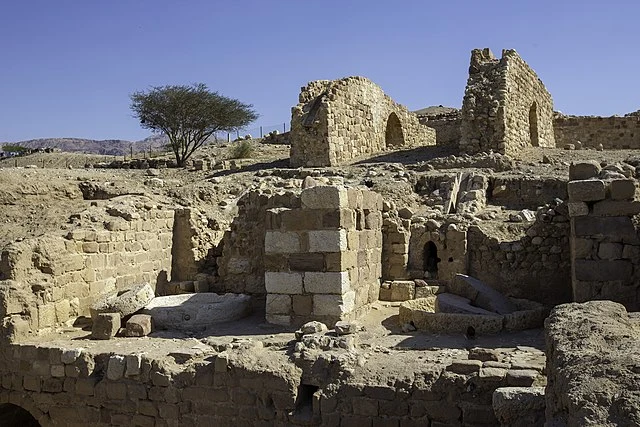Ghor es-Safi is a significant archaeological and historical site in Jordan. Located in the southern Jordan Valley, this area lies near the southeastern edge of the Dead Sea. It has long been a focus of scholarly research due to its historical importance and rich archaeological record.
Get your dose of History via Email
Geographic and Environmental Context

Ghor es-Safi is situated at one of the lowest points on Earth. The site is about 400 meters below sea level. The area’s environment is characterized by arid conditions, with high temperatures and limited rainfall. Despite these challenging conditions, Ghor es-Safi has been continuously inhabited for thousands of years. The proximity to the Dead Sea and the presence of natural resources, such as bitumen and salt, contributed to its sustained occupation.
Historical Significance

The history of Ghor es-Safi dates back to at least the Early Bronze Age (around 3000 BC). Archaeological evidence suggests it was part of the larger cultural landscape of the southern Levant. The site is identified with biblical Zoar, a city mentioned in the Old Testament. According to the Bible, Zoar was one of the cities spared from the destruction of Sodom and Gomorrah (Genesis 19:20-22).
During the Roman and Byzantine periods (63 BC – AD 640), Ghor es-Safi gained prominence due to its strategic location and agricultural potential. The region became a hub for sugar production in the medieval period, particularly during the Islamic era, which began in the 7th century AD. The production of sugar from sugarcane cultivated in the region had economic significance.
Archaeological Discoveries
Archaeological excavations at Ghor es-Safi have revealed a wealth of artifacts and structures. These findings provide insights into the site’s long history. Excavations have uncovered remains from different periods, including the Bronze Age, Roman, Byzantine, and Islamic eras.
One of the most significant discoveries is the extensive sugar production facilities from the medieval Islamic period. These facilities include mills, refinery structures, and storage units. The scale and sophistication of these installations highlight the economic importance of sugar production in the region.
Another notable discovery is a Byzantine church complex with well-preserved mosaics and inscriptions. These finds reflect the religious and cultural life in Ghor es-Safi during the Byzantine period. The church’s mosaics, which depict Christian iconography, indicate the region’s Christian heritage before the spread of Islam.
Cultural and Economic Aspects

Ghor es-Safi’s history reflects a dynamic interplay between cultural and economic factors. The site served as a cultural crossroads, influenced by different civilizations and empires over millennia. The presence of Roman and Byzantine structures, alongside Islamic period remains, demonstrates the region’s cultural continuity and change.
Economically, the site’s significance evolved over time. In the Bronze Age, Ghor es-Safi was part of a trade network that linked the southern Levant with Egypt and Mesopotamia. During the Roman and Byzantine periods, its agricultural potential was harnessed, particularly in viticulture and date cultivation. The medieval period saw the rise of sugar production, which remained a key economic activity until the late Islamic period.
Conclusion
Ghor es-Safi is a site of considerable archaeological and historical importance. Its long history, from the Bronze Age through the Islamic period, offers valuable insights into the region’s cultural and economic development. The archaeological discoveries at Ghor es-Safi, particularly the sugar production facilities and Byzantine church, highlight the site’s significance in the ancient and medieval worlds.
Future research at Ghor es-Safi will likely continue to uncover new information. This will further our understanding of the region’s history and its role in the broader context of the southern Levant.
Source:

